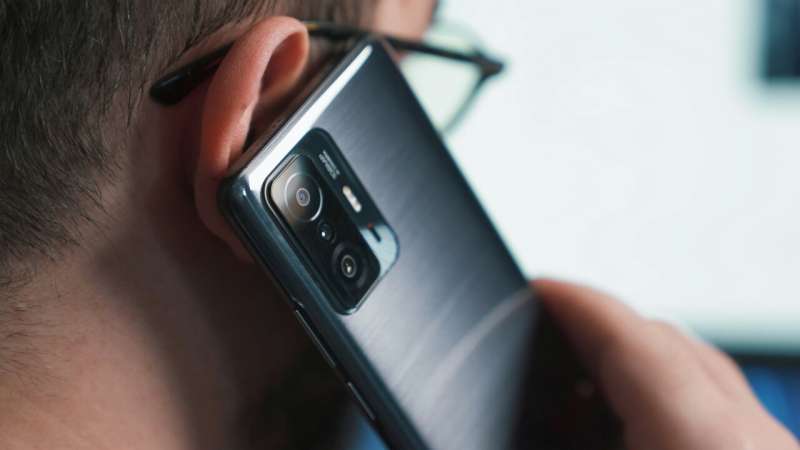Three Years of 988 Lifeline: Insights into Regional and Personal Usage Variations

Research three years after its launch reveals regional and demographic differences in the usage of the 988 mental health crisis lifeline, highlighting areas for improved outreach and engagement across the U.S.
Since its launch on July 16, 2022, the 988 mental health and crisis lifeline has provided vital support to individuals experiencing suicidal thoughts, hopelessness, substance misuse, and other mental health emergencies. Three years into its operation, recent research from NYU School of Global Public Health highlights significant differences in how various regions and demographic groups utilize this crucial resource.
The studies, published in reputable journals such as Health Affairs and JAMA Network Open, reveal that the frequency and likelihood of contacting 988 vary considerably across the United States. Data shows that residents in Western and Northeastern states are more inclined to reach out via 988 compared to those in the South. Additionally, political affiliation influences help-seeking behavior; Democratic individuals tend to use 988 more often than Republicans.
Veterans constitute a notable portion of contacts, accounting for over 10% of all calls, texts, and chats, underscoring the lifeline’s role in connecting military personnel with mental health services. Over the 30-month period studied, the 988 platform handled more than 16 million interactions, primarily via phone calls (70%), with texts and online chats comprising smaller shares.
Geographic analysis also uncovered stark disparities in usage. For example, Vermont's call volume was nearly three times higher per capita than Alabama’s, reflecting regional differences in access, awareness, or attitudes toward mental health support. Overall, the research estimates that about 1.6% of the U.S. population contacted 988 in the past year, though this remains lower than the rate of emergency room visits for mental health crises, which stands at approximately 5.3%. Surprisingly, ER visits for mental health issues outnumbered 988 contacts, indicating a potential underutilization of the lifeline.
In addition to usage patterns, the studies explored preferences for seeking help during crises. A nationally representative survey identified five distinct groups based on their help-seeking tendencies, ranging from those unlikely to seek help to those open to multiple sources. Findings suggest that homelessness of communication and awareness, coupled with political and regional differences, influence how people engage with mental health services.
Jonathan Purtle, lead researcher, emphasized that increasing awareness and positive perceptions of 988 are crucial for expanding its reach. Tailored communication strategies addressing regional and demographic differences are necessary to enhance access, especially in areas with lower utilization rates like the South.
Overall, these insights highlight the importance of targeted efforts to promote mental health help-seeking behaviors and optimize the impact of the 988 lifeline across the diverse American population.
Stay Updated with Mia's Feed
Get the latest health & wellness insights delivered straight to your inbox.
Related Articles
Growing Acceptance of Psychedelics Revealed in Large-Scale Social Media Study
A large-scale analysis of Reddit posts reveals increasing public acceptance of psychedelics, offering new insights into societal attitudes and potential therapeutic benefits of these substances. The study highlights the evolving perception of psychedelics in contrast to traditional illicit drugs.
The Impact of Exercise on Mental Health: Beyond Calories and Duration
Recent research reveals that the mental health benefits of exercise depend on more than just duration and intensity; environment, social context, and emotional experience play vital roles in determining how physical activity influences mental well-being.
NGO Reports Social Media as Major Contributor to Youth Mental Health Crisis
A new report warns that unchecked social media growth is fueling a global mental health crisis among children and teens, urging immediate action to protect their well-being.
Study Finds LSD Can Reduce Anxiety Symptoms for Several Months
A groundbreaking study reveals that a single dose of LSD may significantly reduce anxiety symptoms for up to three months, offering hope for new mental health treatments.



